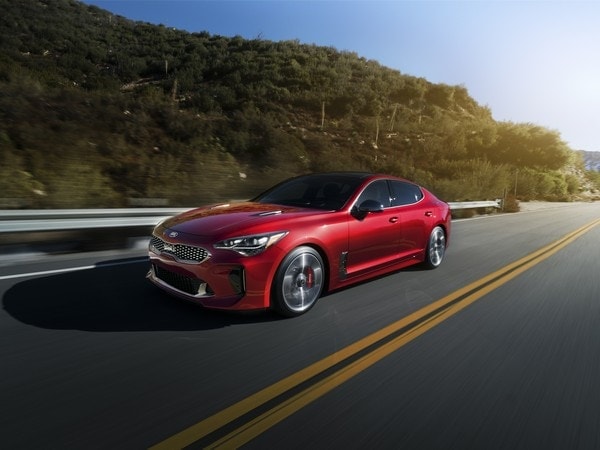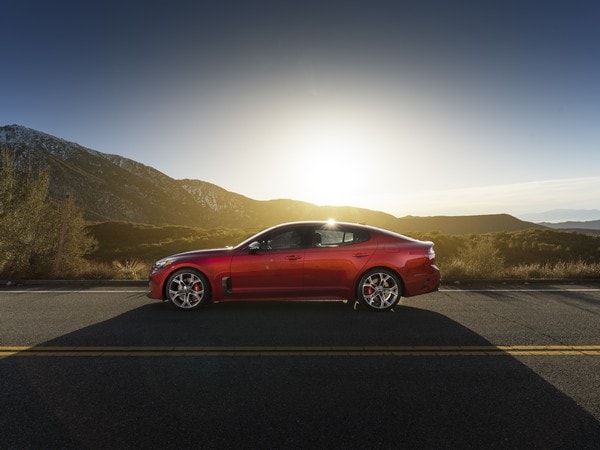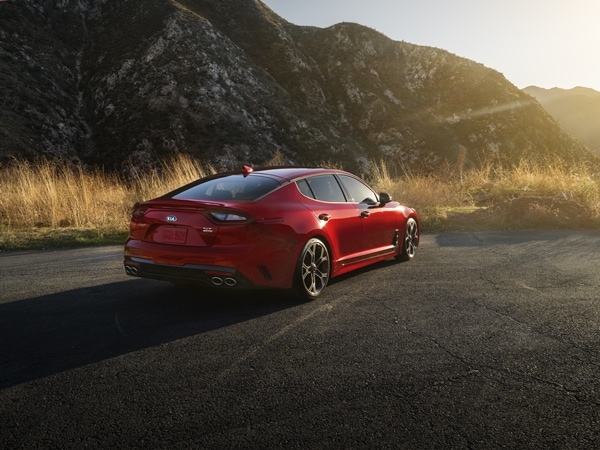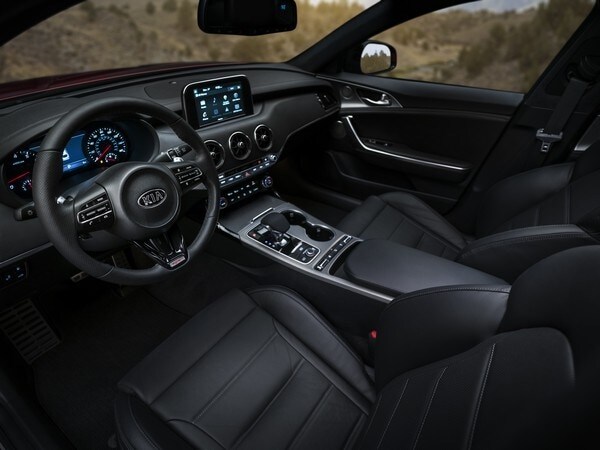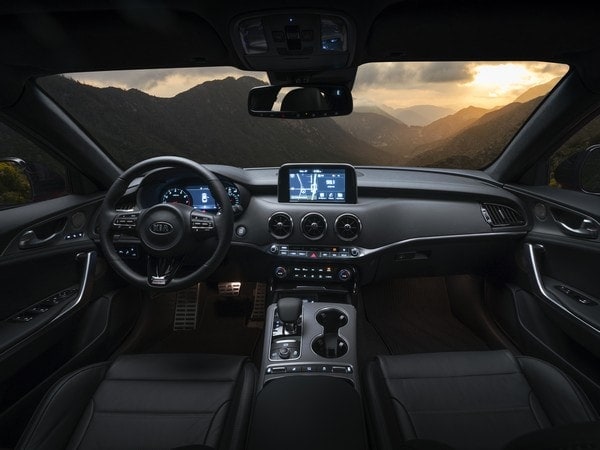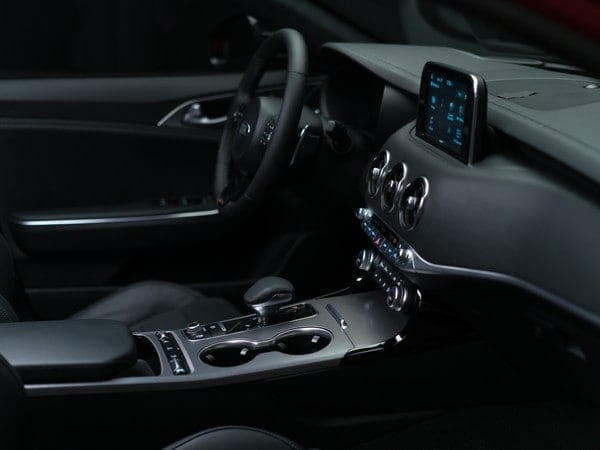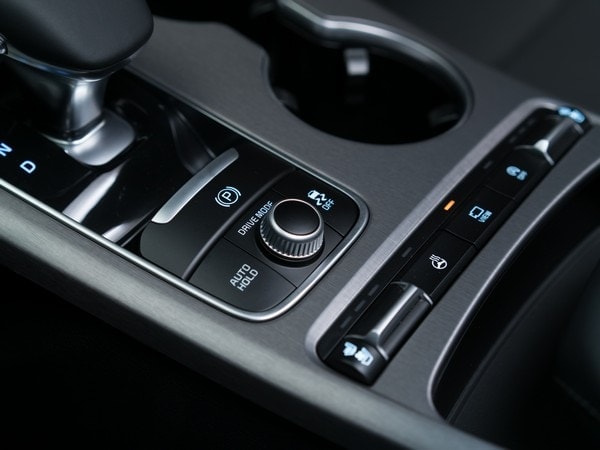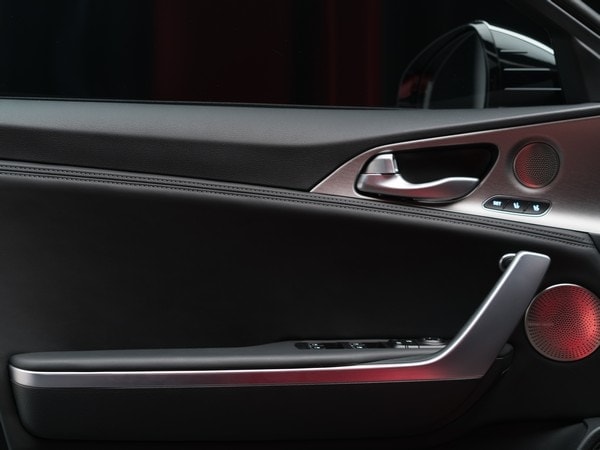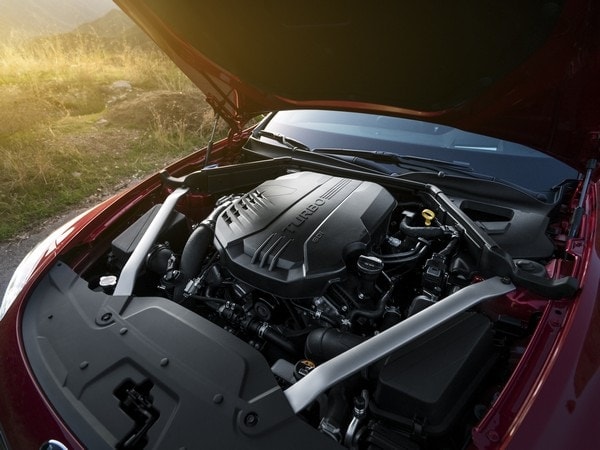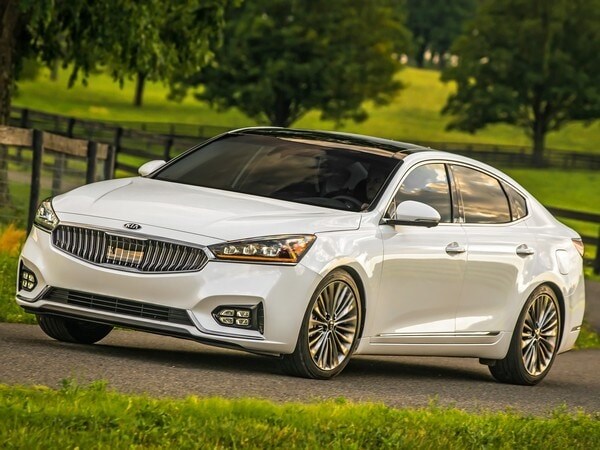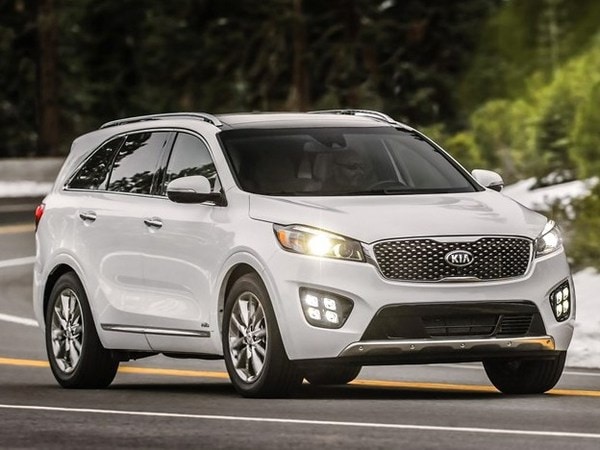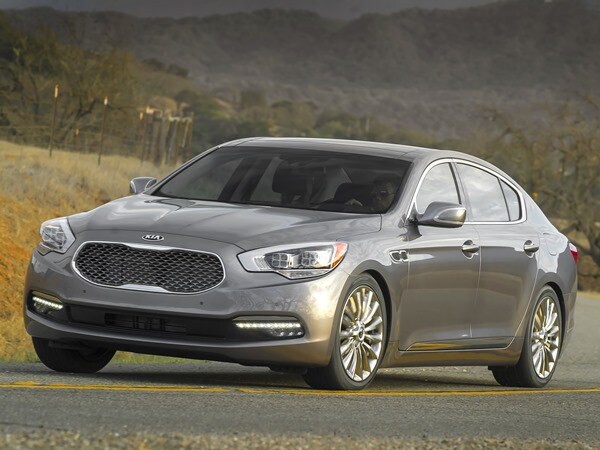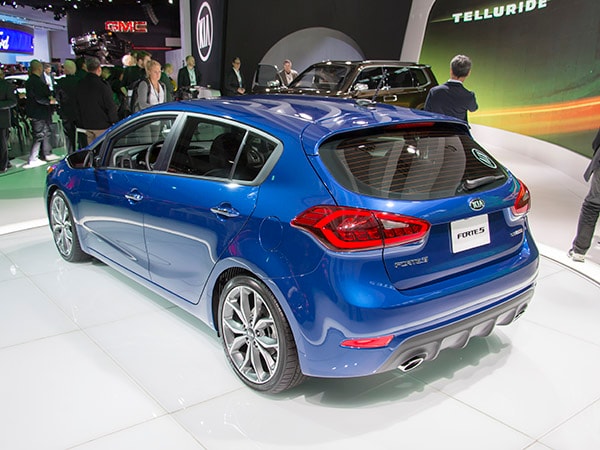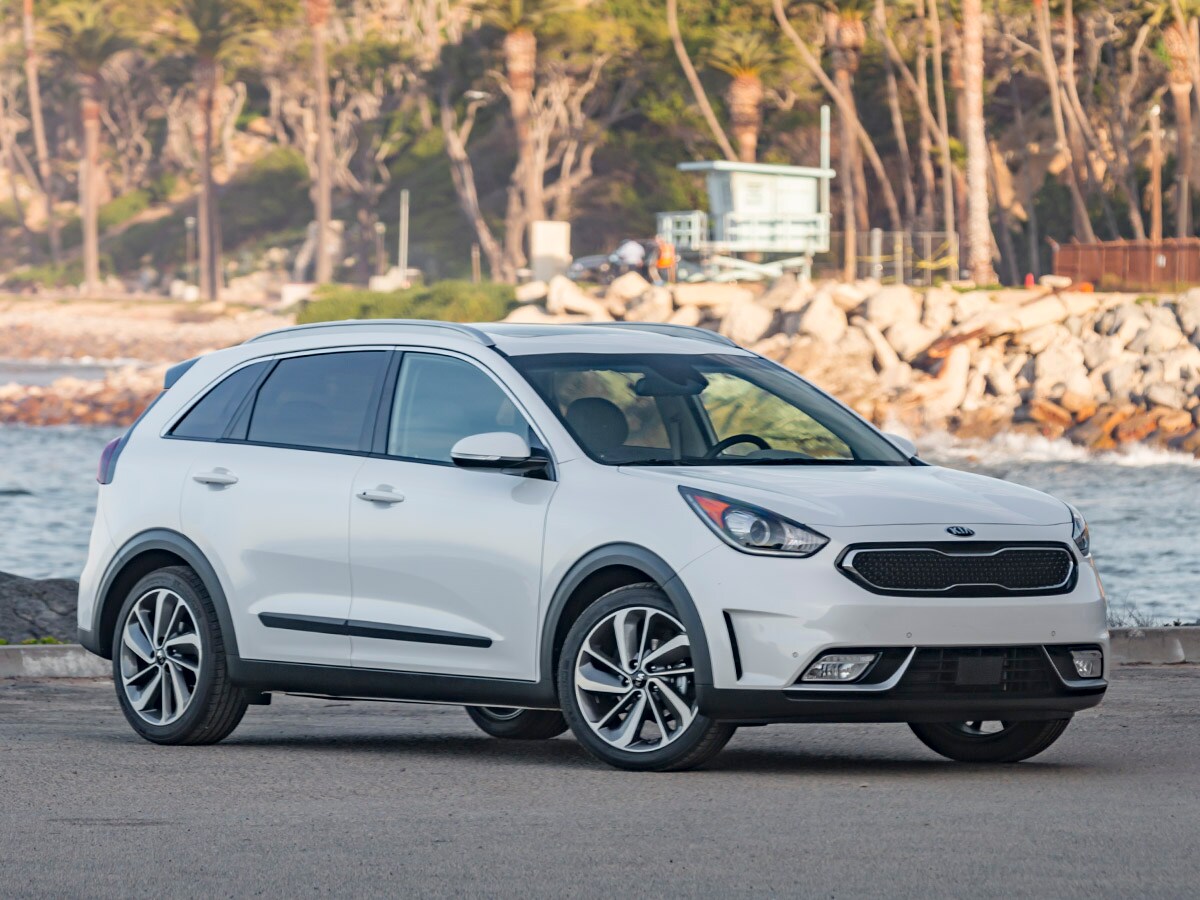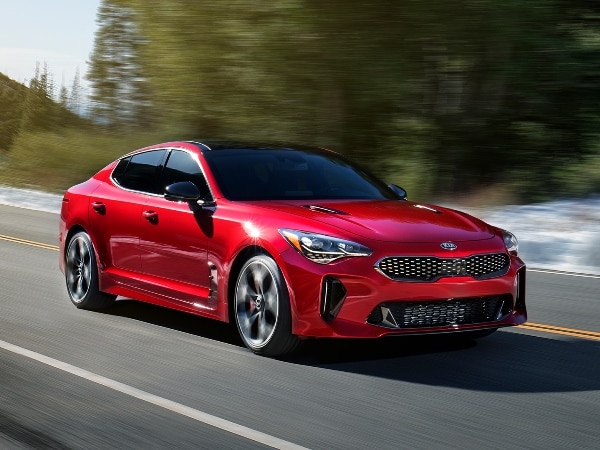
While its numbers won’t be huge, the 2018 Kia Stinger signals a change at the Korean automaker as it completes a transition from being a bargain basement brand to a make that wants to be seen as offering a distinctive lineup for discriminating buyers.
“It will be transformational,” Michael Sprague, executive vice president and chief operating officer of Kia, predicts. “We are looking at a couple different segments where it will play. It is a 5-door sport sedan, there’s not a lot in that space.”
Kia’s styling under Peter Schreyer has had a lot to do with this shift. “There’s just enough uniqueness to the design, a sportiness to stand out in a sea of sameness,” Sprague said. “They have longevity, these designs Peter has done.”
German influence
Schreyer, who worked at Audi before coming to Hyundai-Kia, has been chief of Kia design since 2006. In 2014, the Korean automaker also attracted Albert Bierman, vice president of engineering at BMW M to oversee development of all the performance cars in the group. His first effort to see the market will be the Stinger.
“With Stinger, we will be able to tell a performance story,” Sprague said. “With Peter doing the design and Albert doing the driving dynamics, I think that this vehicle finally makes a pivot for us. The initial feedback from Detroit, Chicago and other auto shows tells us people love this car. People can’t wait for this car.”
For Kia, this change doesn’t come too soon. “We are where the product is now is further along and advanced than the perception of the brand,” Sprague explained. “We have been struggling with that for years. When we came into the country in 1994, we were a low-cost used car alternative and didn’t have the best quality. In 2001, we were dead last in J.D. Power initial quality. If you are in the market only every 8 to 10 years, you don’t see everything that has happened over that time. You are coming in the market with this perception of the old Kia, so what we need to do is tell people the story of our transformation, the design, the technology, the safety and now the quality. We are number1 in J.D. Power ranking.”
Second time the charm?
Stinger won’t be the first vehicle that Kia has brought to the market to help it break out of its image as a low-cost competitor. In 2014, Kia launched the K900, a sister car to the Hyundai Equus, as a V8-powered rear-drive flagship. This ultra-luxury model sold 1,330 in 2014, rising to 2,524 in 2015 after a price cut and the later introduction of new entry level V6 model. Last year, Kia retailed only 834 of the large sedans. “We still have it,” Sprague said, adding that “the 6-cylinder helped. We will sell about 100 month.” He says it will stay in the lineup and that the 100 sales represent “buyers new to the brand.”
Kia has had greater success with its more mass market models, led by the Soul, which is the division’s biggest seller. “It was the right car at the right time,” Sprague said of the boxy hatchback. “It started that shift from sedans to CUVs—in 2009 the economy was terrible, gas prices were high and we have out with this car CUV that is kind of a tweener [between an SUV and a car]. It has good gas mileage, lot of functionality, good ingress-egress and good visibility.”
Sprague said the Soul is being shopped against compact sedans and true crossovers like the Jeep Renegade and Honda HR-V. “It [the Soul] doesn’t have all-wheel drive right now; that is something that we are looking at.” Kia did show a well-received all-wheel drive concept called the Track’ster at the 2012 Chicago Auto Show. “People are still asking for it,” Sprague said, hinting that the concept could point to where the third generation Soul is headed.
Also: Kelley Blue Book Best Buy Awards of 2017
Broad range
The wide range of vehicles offered by Kia is a source of optimism for Sprague, who believes that the division has the ability to change its mix to match current market trends. Kia’s previous best seller, the Optima, has seen its volumes decline with the overall industry’s slip in sedan sales. “We build Optimas down in Georgia with Sorento, so we are able to manage that by shifting more production over to Sorento,” Sprague said, adding that the decline in sedan volumes is a concern. “It is a transformational shift. It’s just seeing how far that shift is going to go.”
Last year, Kia retailed 647,000 vehicles, largely on the strength of five vehicles, Soul, Optima, Sorento, Forte and Sportage, all of which sold in excess of 100,000 units each. Kia boasts a broad lineup that also includes the Sedona minivan, Cadenza full-size sedan and Rio subcompact, along with the recently introduced Niro hybrid, to fill in other gaps, while at the same time giving buyers additional reasons to check out the full lineup.
“The biggest challenge with Cadenza is awareness,” Sprague points out. “We are putting it back on our broadcast advertising and we are starting to see the sales increase. We saw the segment take a huge dip, but there are still buyers out there. We just need to let them know we are in that space.”
While Stinger is opening a new segment for Kia, it’s expected to be more of a halo car than a volume driver. Perhaps more important to Kia’s future expansion will be the addition of a full-size SUV based on the Telluride concept shown in Detroit over a year ago. “We look for an opportunity there in the coming years,” Sprague said of that entry. “We want to be part of that shift where consumers are going. And there are other things that we are looking at as well to make sure we are in the mix. We are not a niche brand anymore, we have something for everyone.”
